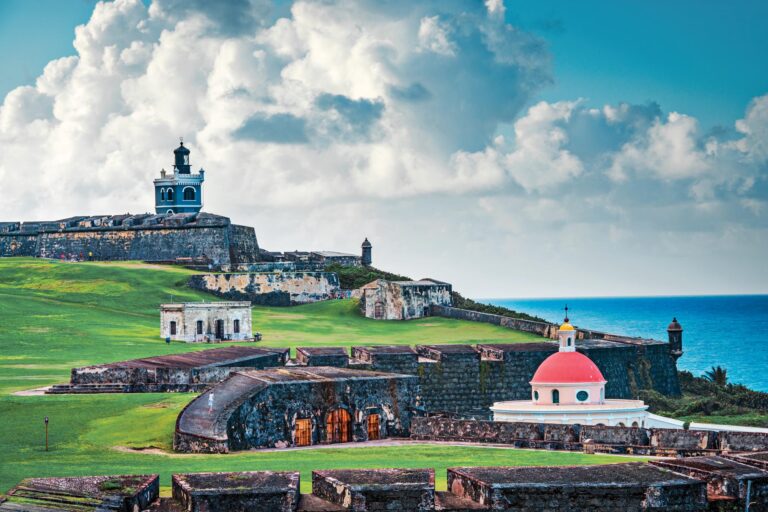I’m going to let you in on a little secret that may severely limit my career opportunities in the marine industry outside the magazine world: Certain boatbuilders rely on more smoke than a Colorado wildfire and more mirrors than a New Orleans house of ill repute.
Price doesn’t necessarily translate into quality, and a well-known brand name doesn’t always deliver predictability. I should know. In another life, I was the guy aiming the smoke machine so the only thing a customer would see was the nameplate glued to the side of his shiny new boat. I participated in meetings where we addressed poor quality by writing a brochure about our superior quality, where we solved price resistance by throwing in a few Turkish towels and a polo shirt (at cost to the buyer, of course). Most amazing is that people bought into it. I’ve seen guys put more research into buying a $60,000 car than a million-dollar yacht.
If you are one of those guys, stop reading. Chances are you won’t appreciate the Symbol 62.
If you are looking for a well thought out, well executed and stylish design sold at a realistic price, read on.
The Symbol 62 joins a line that ranges from the traditional and popular 42 to the more modern 80. The 60 series includes the Jack Sarin-designed 62 and 66. Symbol founder Jimmy Cheng earned his stripes working for venerable Taiwanese boatbuilder Ocean Alexander, and the background shows in attention to systems and craftsmanship on the 62.
“I’ve been very lucky”, said Rick Torgerson, president of Heart Marine, Symbol’s dealer in the Southeast. “It seems all my buyers have been smart and experienced owners who recognize what the Symbol offers.”
Our test boat provided a superb ride. At lower speeds, she tracked well with an easy motion.
Unlike some semi-displacement hulls that simply substitute horsepower for engineering, the 62’s modified-V hull does not push water while struggling to plane on her aft chines. Instead, the motion is sweet as the 62 casts water aside at the forward chine. Our test boat’s owner, Claude Rule, who has about 30,000 sea miles under his belt, usually cruises around 12 knots, with the 800 hp 3406E Caterpillars sipping about 14 gph combined.
“But if the weather turns foul or I need to get back, I can push her up to 20 knots, and she’s dry,” he said. In fact, our test boat topped out at nearly 24 knots while carrying stores for a month of cruising.
Symbol accommodated Rule’s request for extra fuel, increasing capacity from the standard 1,200 gallons to 1,800. Our test boat’s four tanks allow a cruising range of about 1,500 miles at 10 knots. Fuel fills were mounted off the deck, and the overflow vents were mounted inboard. This will prevent owners from creating a Superfund site with overfill.
Engineroom systems are easy to service, and with a little maneuvering, skippers can access the outboard side of the engines. The engines will get plenty of air thanks to Delta-T de-misters and blowers.
A workbench is forward with a vice and stowage for spares. Access is through a doorway and steps to the cockpit. A second, emergency exit is at the forward end of the engineroom, exiting through the saloon sole.
Our test boat’s electrical system had a capacity of 1,500 amp hours divided into four banks. Symbol installed a 24-volt DC system in addition to the independent 12-volt bank that powers the electronics. The 4,000-watt Trace Inverter eliminates the need for a secondary generator and complements the 20kW Northern Lights. A second 80-amp charger keeps the 12-volt batteries charged. It would be tough to design a better electrical system for the offshore cruiser and island hopper.
The side decks are a respectable 18 inches wide, allowing for interior volume and a safe passageway. Bulwarks are 33 inches, and forward railings stand 42 inches high. I would add a second anchor roller forward for down island anchoring.
Sarin’s large-yacht expertise is evident on the flying bridge, which has twin helm seats, an L-shape settee and a helm with electronic surfaces that rival those aboard 100-foot-plus yachts. A Jenn-Air grill, a sink and another refrigerator are incorporated into a fiberglass unit abaft the radar arch.
Except for a few blemishes around the pilothouse windshield, the cherry interior on our test boat was also close to perfect. Symbol and Heart Marine worked with the owner to rearrange the saloon, where he wanted double sliding doors to the cockpit and the L-shape settee’s end facing those doors. Anyone plopping down on the settee with a good book can now enjoy a great view across the cockpit. The pilothouse area includes the galley and another settee with a table.
“My wife and I go for cruises and sometimes never use the saloon area”, Rule said. “While cruising, I can cook, keep an eye on the instruments while she is enjoying the bridge.”
The accommodations are what you would expect. The full-beam master stateroom is centrally located, with a private head, a large shower stall and plenty of ventilation. At maximum rpm, the decibel level only hit 74 in this area.
The amidships stateroom has twin berths, and a forward stateroom has an island berth. Guests in both will use the starboard head. A pump room is under the passageway.
One of the most remarkable aspects of the 62 is her price. At a base of $1,397,000, she is very competitive. You may not get a set of towels and a polo shirt, but you will get a well-built and superbly designed yacht that will hold her value.
Contact: Florida, Heart Marine, (800) 457-7888; www.heartmarine.com. West Coast, Holiday Marine Sales, (800) 525-1425; www.holiday-marine.com. Rhode Island, Symbol Yacht Sales, (401) 737-2233; www.yachtworld.com/symbol.









